Double-Arm Drill
The next progression is to move both arms simultaneously. While this gets a little more challenging, the benefits are numerous.
The double-arm drill prevents you from overreaching. If you do so during this drill, your arms will overlap.
Also, since your arms are doing the same thing at the same time, a good flutter kick is crucial to keep you afloat.
Pease is a big fan of this drill--provided the swimmer is healthy enough to handle it.
"It's not an easy drill to do if you have restrictive shoulders," Pease said. "It's a good drill to teach, and I would use it depending on shoulder range-of-motion."
Sculling
Sculling is considered helpful for all strokes, not just backstroke.
A typical sculling drill for the backstroke is to lay on your back and have your hands down under your hips. Move your hands in a quick figure-eight pattern underwater to keep you afloat. A flutter kick can supplement your buoyancy.
Don't focus on speed here. You're not going to go fast while sculling. That's not the point.
"We'll integrate some sculling so they work on feeling the water," Pease said. "Maybe 3-4 sculls, then into a pull."
Bringing it All Together
Pease's coaching philosophy is to follow up drills like these with full-out swimming. So when you're done going these drills, work on bringing it all together and doing the full backstroke.
"I think that's a good way to integrate into their practice," Pease said. "Always progress to full stroke."
- 2
- of
- 2
Get ACTIVE on the Go


Meet Mobile
Swim smarter: heats, lane assignments and real-time results in the palm of your hand.
Available for iOS | Android
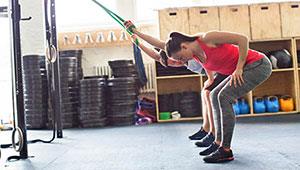

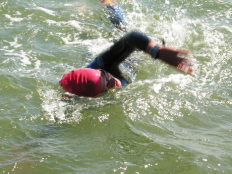
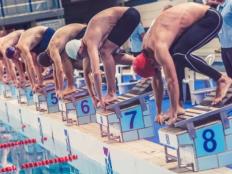
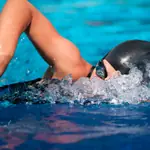

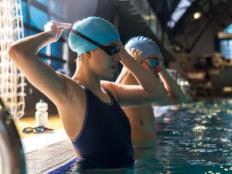
Discuss This Article